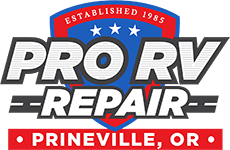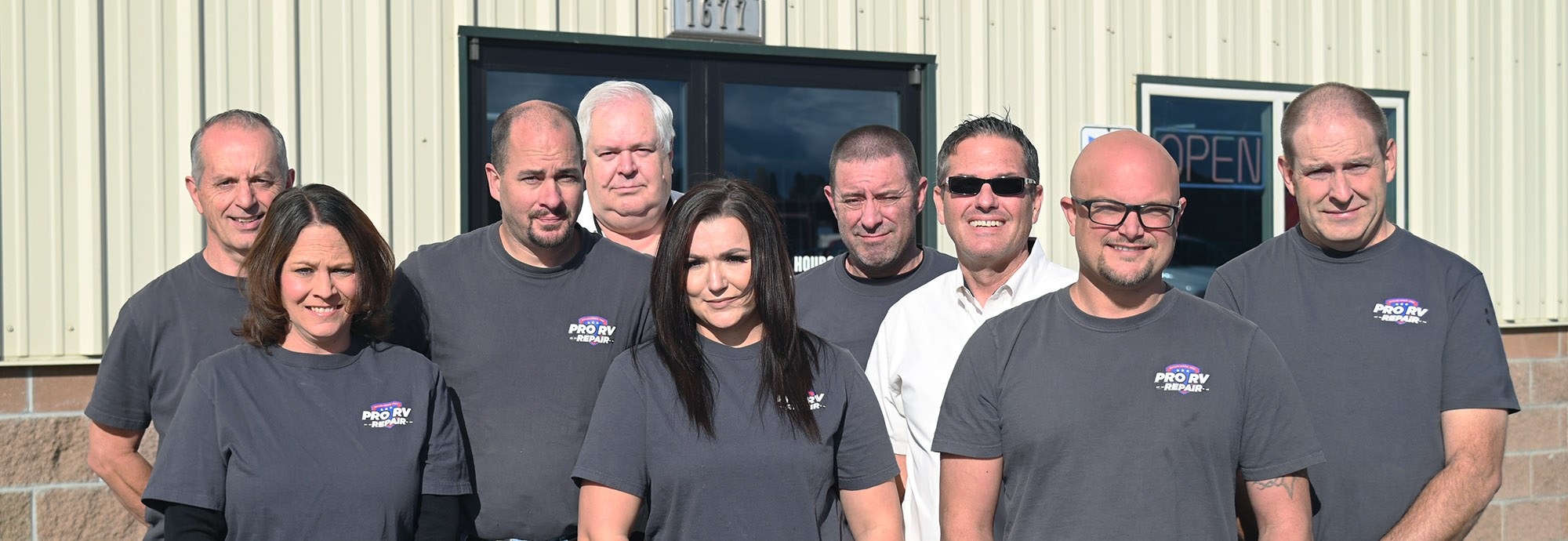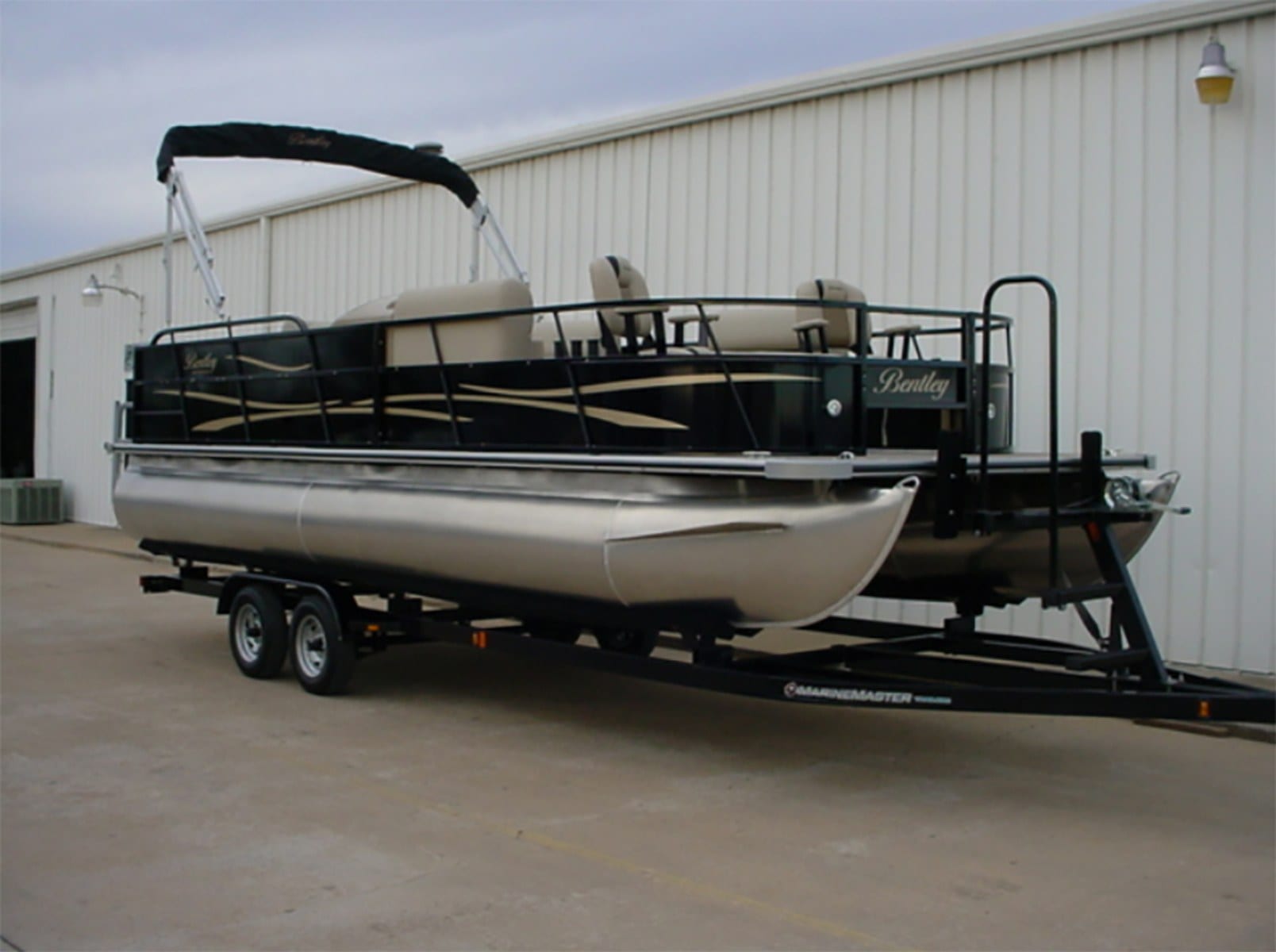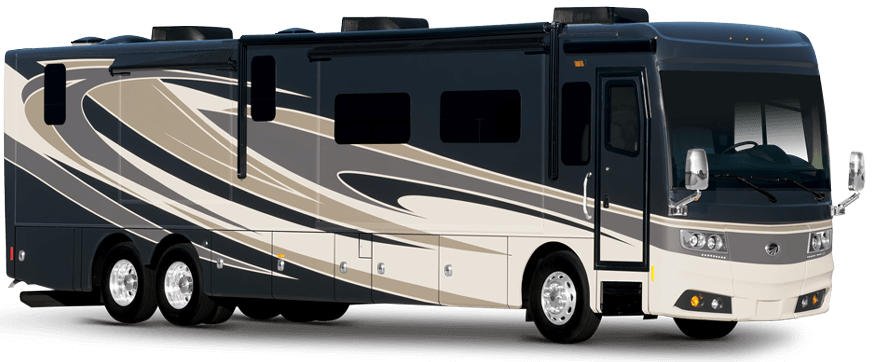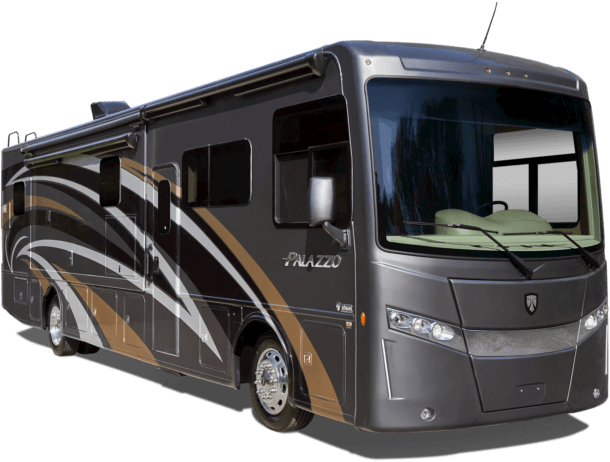The refrigerator in your RV is an essential appliance, and it can be a major disruption to your travel plans when it stops working properly. If yours has stopped working the way it should – read on.
How is an RV refrigerator built?
First, it’s important to understand the differences between a refrigerator built for an RV and the kind you find in your home kitchen. While RV refrigerators are typically smaller and more affordable than their in-home counterparts, the biggest difference lies in how the unit is kept cool. A refrigerator in your kitchen will typically use a compressor. However, the refrigerator in your RV is built for the road and must be resistant to bumps and shocks.
- Instead of a compressor, RV refrigerators are cooled through a chemical absorption process, using a special coolant mix of hydrogen, ammonia, and water.
- The power source boils the chemical coolant and passes it through the coils (pictured in the graphic below).
- As the coolant expands it cools, and then freezes.
- An RV refrigerator may be powered by electricity through a generator or battery, or by using propane when electricity is not available.
What to do when your Gas RV Refrigerator is not working:
Customers call in from remote locations asking about refrigerator failures. Often, if we can isolate the issue, we can ship the part out and it can be replaced on-site, without having to bring the motorcoach or trailer to our shop. That said, there’s much to understand regarding why and how they fail. In this article, we have provided extensive detail to help us determine, together, if a simple part can solve the problem or if there’s a bigger issue at play.
RV Gas Refrigerator failures are a result of two main causes:
#1 The RV is running, unleveled, while the refrigerator is running, causing the cooling unit boiler to overheat, block, and crack.
#2 The RV refrigerator cooling unit’s steel tubing has rusted causing the ammonia/hydrogen gas to leak out.
Recharge vs. Repair
Less reputable RV refrigerator repair technicians assert that when cooling units fail, they can simply be recharged without further repair. Unfortunately, without repair, cooling units will not hold a charge for long.
How do Gas Refrigerators work, and why this is important:
Gas RV refrigerators do not operate the same way as other refrigerator types. They are charged with a variety of chemicals and the mixture must be exact for the unit to work properly. Understanding this will help to identify what part has failed. The chemicals may include:
- Water
- Ammonia gas
- Hydrogen gas
- Rust inhibitor powder
- Helium
Running a refrigerator while your RV is not level: Blocked and Cracked Boilers
If the refrigerator is running while your RV is unleveled for an extended period, the cooling unit water will not flow into the boiler. The boiler, as a result, gets excessively hot and can bake the rust inhibitor. In turn, this will block the small ¼ inch tube in the boiler and flow will cease. AND, if the refrigerator is kept running in this capacity, the boiler tube will get so hot that it will crack open. If this happens a yellow powder around the burner area may be visible indicating that the cooler unit rust inhibitor is leaking.
What’s leaking in your refrigerator and cooling cabinet?
When a cooling unit rusts it will also leak, and ammonia is the first gas to leak out. Ammonia has a strong odor, so that smell is quickly noticeable. However, if the leak is small, there may be little to no smell at all. Another indication of a leak is a boiling sound coming from the back of the refrigerator. This means the hydrogen gas has also leaked out. You may also notice large gurgling sounds from the refrigerator – this informs you that the refrigerator cooling unit is leaking.
Corrosion – the leading cause for RV refrigerator cooling unit failures!
The single biggest killer of gas refrigerator cooling units is corrosion. A common misconception is that rust on the exposed pipe at the bottom of the cooling unit, located down by the burner, is the cause of the leak. This is rarely the case:
The rust often seen on the exposed pipes is largely superficial even though it may look terrible. In gas refrigerator cooling units, the worst corrosion always occurs on the evaporator piping, the pipes that get cold, because they are physically located inside the refrigerator cabinet (right behind the back wall of the interior) and are covered by insulation.
While the refrigerator is running, moist air finds its way to the cold evaporator pipes and condenses on the surface. Since the evaporator pipes are encased, the condensed water cannot readily drain away and that moisture remains next to the steel pipe. After several years rust develops.
Leaks from rust:
Rusting is accelerated when the refrigerator is turned off for the season allowing the evaporator to warm up. Rusting eventually progresses to a point where severe pitting occurs in the surface of the steel. These pits eventually extend all the way through the pipe wall into the Inner space of the pipes. Once this happens, leaks are inevitable.
Often, you can smell the leak when it occurs. If a leak does occur on the outside piping, you probably won’t smell it. Sometimes, even if the leak is on the inside, you may not smell it due to mostly hydrogen leaking out. Mostly, the pungent ammonia smell coming from inside the cabinet is the most obvious indication that your refrigerator is leaking.
After your refrigerator starts leaking, it will eventually (usually very soon) stop cooling. The worst thing you could do at this point is to delay getting the refrigerator repaired because corrosive ammonia is eating away at the cooling unit Steel. Note: Ammonia doesn’t corrode the steel while it’s inside the cooling unit because of the rest inhibitor inside. Delaying rebuilding your refrigerator’s cooling unit will only reduce the chances of a successful and reliable repair.
Also, the ammonia gas will eat up the inside of the cabinet and the parts. The light and thermostat will need to be replaced if left too long, and the inside plastic will turn yellow. You can see why removing all rust from the cooling unit, by sandblasting and rustproofing the cooling unit, are essential steps in the proper repair of a cooling unit.
Learn more about how an RV absorption refrigerator works:
How to Access the Cooling Unit of Your RV Refrigerator for Repairs:
Now that we have determined all the ways your refrigerator can fail, and how, it’s time to take a look behind the refrigerator ventilation panel to see what’s going on. You need to determine if you have leaks and see if there are failed parts.
To access the cooling unit of your refrigerator for repairs:
- Find the refrigerator ventilation panel (pictured) on the outside of your RV.
- Use a screwdriver or coin to loosen the fasteners and remove the panel.
VIDEO: Access your refrigerator cooling unit for repair:
How to Identify Which Part of My RV Refrigerator Needs Replacement or Repairs?

- Absorber Coils
- Absorber Tank
- Baffle
- Boiler
- Condenser
- Element Holder
- Fuse
- High Temperature Evaporator
- Liquid Heat Exchanger
- Low Temperature Evaporator
- Perk Tube
- Rectifier
- Return Tube
- Vent Tube
- Water Separator
